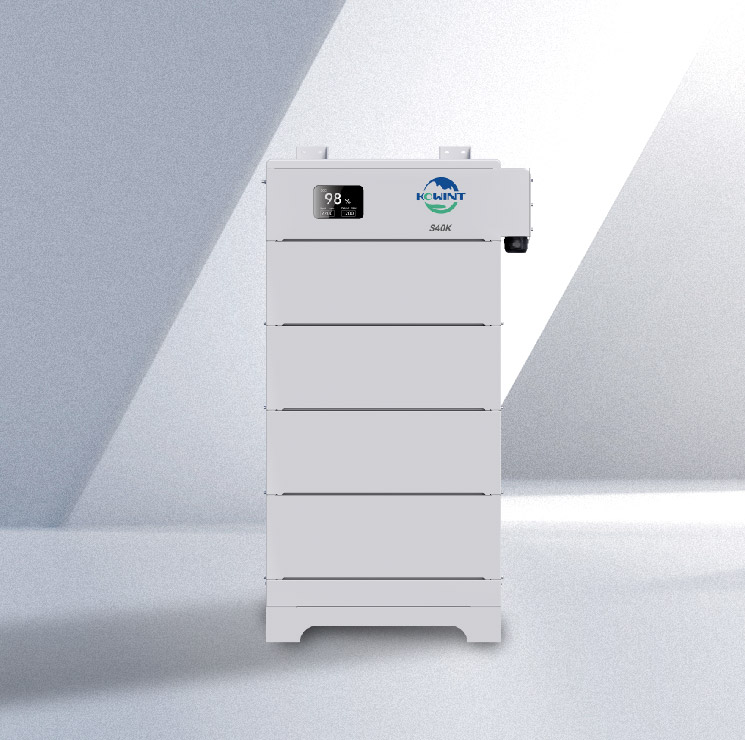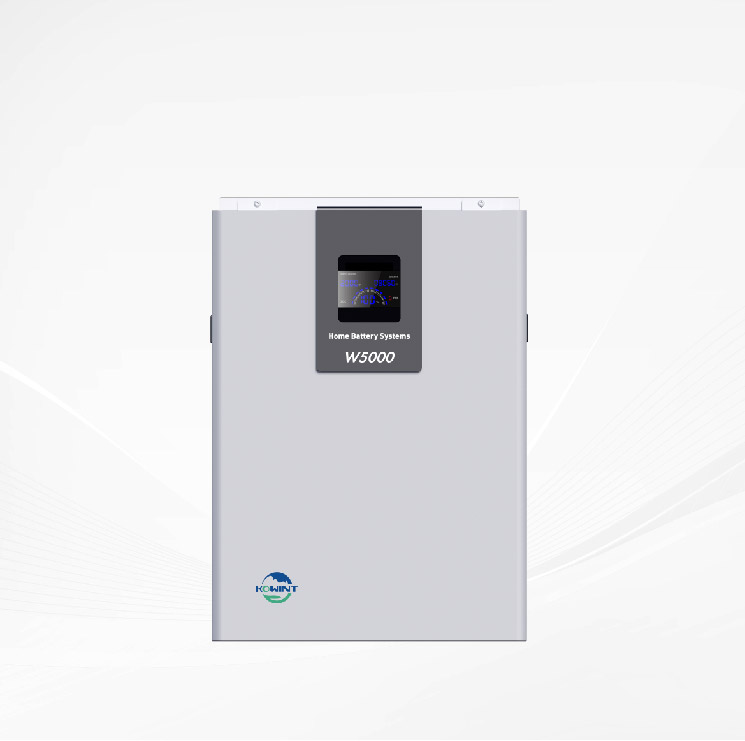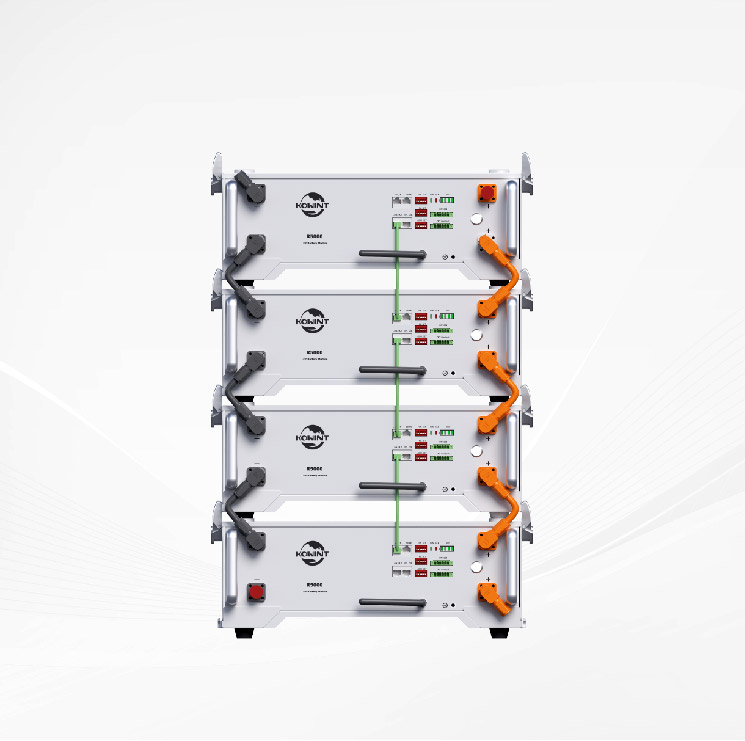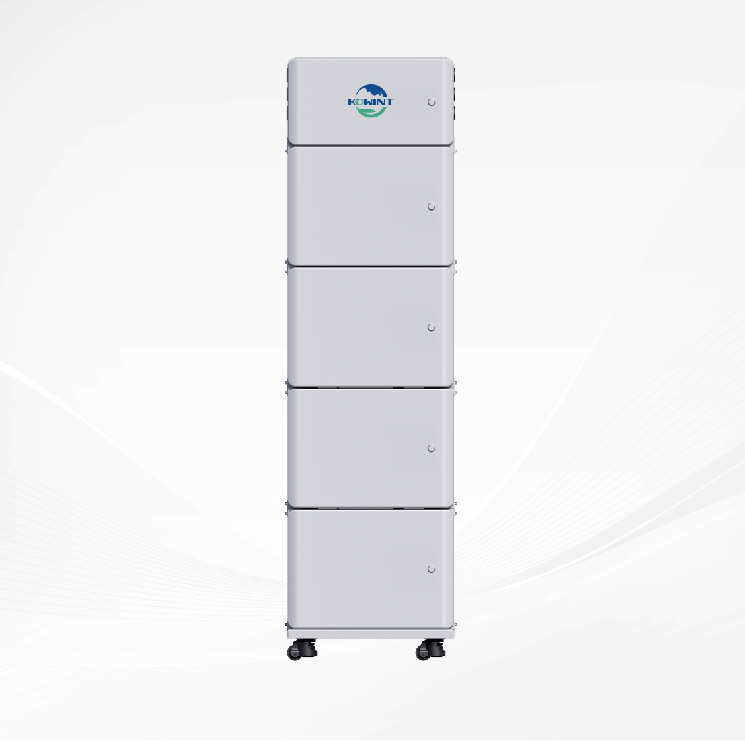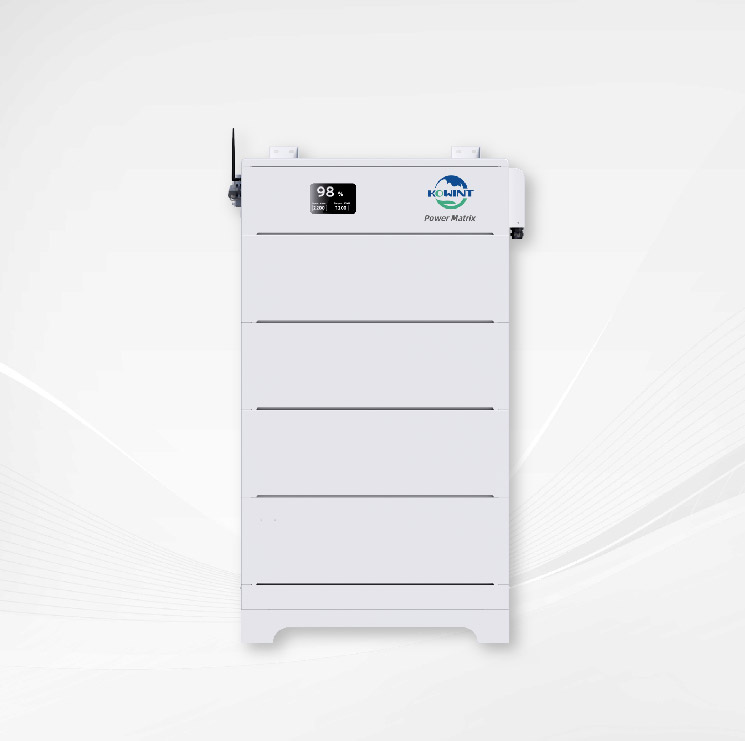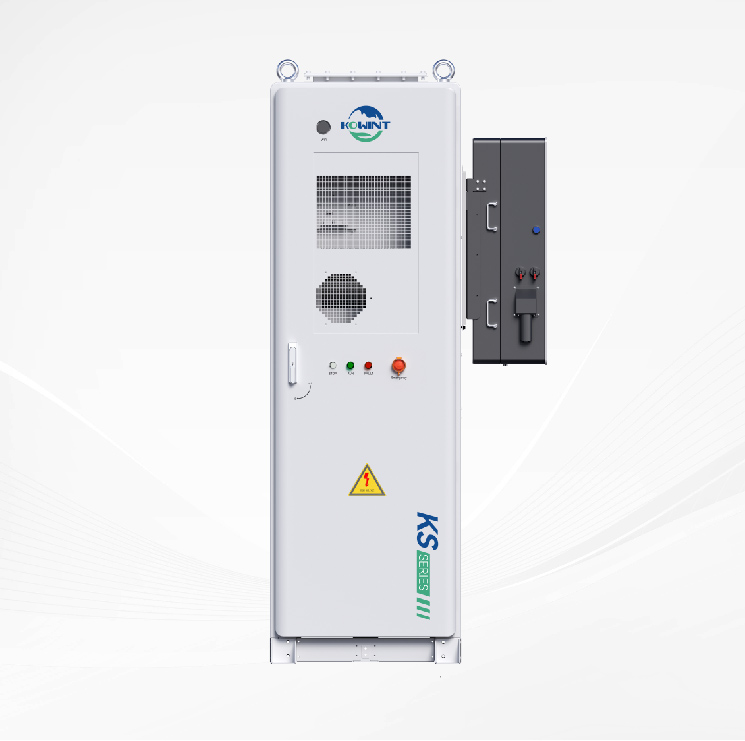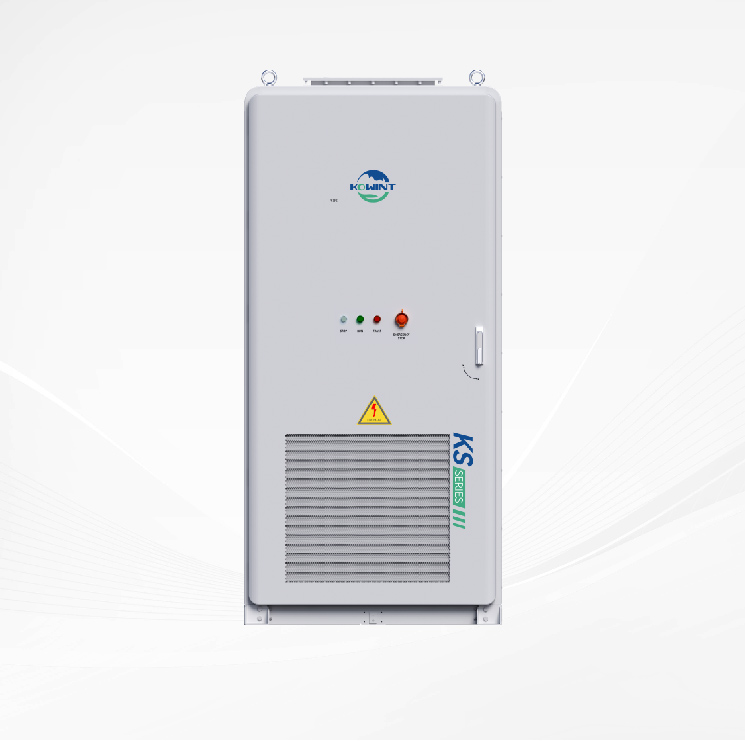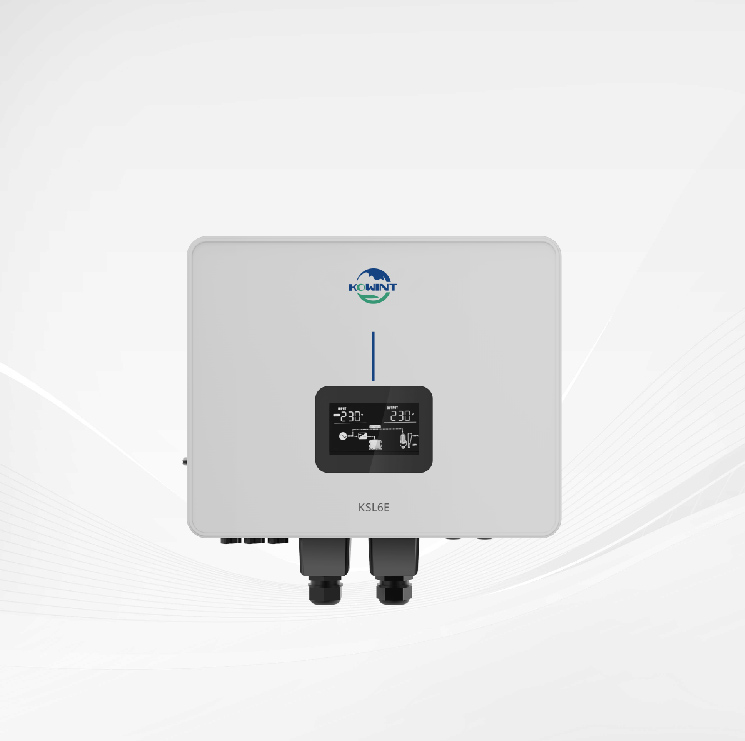Why Do Lithium Batteries Catch Fire?
Lithium-ion batteries have become ubiquitous in our modern world, powering everything from smartphones and laptops to electric vehicles and grid-scale energy storage systems. However, recent incidents and concerns surrounding lithium battery fires have raised questions about their safety. In this article, we'll delve into the reasons behind why lithium batteries can catch fire and explore measures to mitigate these risks.
Understanding Lithium Battery Chemistry
Lithium-ion batteries, the cornerstone of modern portable electronics and electric vehicles, operate based on intricate electrochemical processes. Understanding the chemistry behind these batteries is crucial for comprehending why they sometimes pose fire risks:
Basic Components and Operation
l Cathode: The cathode is typically composed of lithium metal oxides, such as lithium cobalt oxide (LiCoO2), lithium iron phosphate (LiFePO4), or lithium manganese oxide (LiMn2O4). During discharge, lithium ions migrate from the cathode to the anode through the electrolyte.
l Anode: The anode is typically made of graphite or other carbon-based materials. As lithium ions move from the cathode to the anode during discharge, the anode stores these ions.
l Electrolyte: The electrolyte serves as a medium for lithium ion transport between the cathode and anode. It is usually a lithium salt dissolved in an organic solvent. Common electrolyte materials include lithium hexafluorophosphate (LiPF6) and ethylene carbonate (EC) or diethyl carbonate (DEC).
l Separator: The separator is a permeable membrane that physically separates the cathode and anode while allowing lithium ions to pass through. It prevents electrical short circuits within the battery.
Charging and Discharging Processes
l Charging: During charging, an external voltage source applies a higher potential to the cathode relative to the anode. This drives lithium ions from the cathode through the electrolyte to the anode, where they are stored within the anode's structure. Electrons flow through the external circuit, creating an electric current.
l Discharging: When the battery is discharged, the process is reversed. Lithium ions move from the anode through the electrolyte to the cathode, while electrons flow through the external circuit, generating electrical power. The battery can undergo multiple charge-discharge cycles before its capacity diminishes significantly.
Thermal Runaway and Safety Concerns
l Heat Generation: During normal operation, a lithium-ion battery generates some heat due to internal resistance and electrochemical reactions. However, under certain conditions, such as overcharging, internal shorts, or physical damage, heat generation can increase dramatically.
l Thermal Runaway: If the temperature of a lithium-ion battery rises excessively, it can trigger a phenomenon known as thermal runaway. This self-sustaining reaction leads to further heat generation and can cause the battery to release flammable gases and ignite.
l Safety Mechanisms: To mitigate the risk of thermal runaway, lithium-ion batteries incorporate safety mechanisms such as pressure relief valves, shutdown separators, and thermal fuses. These mechanisms help prevent catastrophic failure and reduce the likelihood of fire or explosion.
Understanding the intricate chemistry and operation of lithium-ion batteries is essential for safely utilizing these energy storage devices. While they offer numerous benefits in terms of energy density and performance, proper handling, charging, and storage practices are crucial to minimize the risk of fire and ensure their safe operation. Ongoing research into battery materials, designs, and safety features aims to further enhance the reliability and safety of lithium-ion batteries in the future.

Common Causes of Lithium Battery Fires
Lithium battery fires can occur due to various factors, including overcharging, physical damage, and manufacturing defects. Understanding these common causes is essential for mitigating the risk of fire and ensuring the safe use of lithium-ion batteries:
Overcharging and Overheating
l Electrolyte Decomposition: Overcharging a lithium-ion battery can lead to electrolyte decomposition, where the electrolyte breaks down into volatile components. This decomposition releases gases such as oxygen and hydrogen, increasing internal pressure and the risk of fire or explosion.
l Thermal Runaway: Overcharging can also cause the battery to overheat, leading to thermal runaway. As the temperature rises, the rate of chemical reactions within the battery increases, further elevating the temperature in a self-sustaining chain reaction. This can result in the release of flammable gases and ignition of the battery.
l Internal Shorts: Overcharging or excessive heat can cause internal shorts within the battery, where the positive and negative electrodes come into contact through a defect or damage. This can lead to rapid discharge of the battery, generating heat and increasing the risk of thermal runaway.
Physical Damage and Mechanical Stress
l Puncture or Penetration: Physical damage to the battery, such as puncture or penetration by a sharp object, can breach the separator and create a direct electrical short between the electrodes. This can lead to rapid discharge, heat generation, and thermal runaway.
l Crushing or Bending: Mechanical stress, such as crushing or bending of the battery, can deform its components and compromise the integrity of the cell. This can cause internal shorts, electrolyte leakage, and thermal runaway, particularly if the battery is subjected to excessive force.
l Dropping or Impact: Dropping or impact can cause internal components of the battery to shift or deform, increasing the risk of short circuits or damage to the electrode structures. Even minor impacts can weaken the battery's protective layers and lead to safety hazards.
Manufacturing Defects and Quality Control Issues
l Contamination: Contamination of battery materials or assembly processes can introduce impurities that compromise the integrity of the cell. Contaminants can cause internal shorts, electrolyte degradation, or other defects that increase the risk of fire or thermal runaway.
l Assembly Errors: Errors in the assembly process, such as improper electrode alignment or insufficient insulation between components, can create weak points within the battery structure. These weak points may be more susceptible to damage or failure during use, leading to safety hazards.
l Quality Control Failures: Inadequate quality control measures during battery manufacturing can result in inconsistent cell performance, defects, or deviations from design specifications. Failure to detect and address these issues can increase the likelihood of safety incidents during battery use.
By understanding these common causes of lithium battery fires, manufacturers, users, and regulators can implement measures to mitigate risks and improve safety standards. Rigorous quality control, proper handling, and adherence to safety guidelines are essential for ensuring the safe operation of lithium-ion batteries in various applications. Additionally, ongoing research and development efforts aim to enhance battery design, materials, and manufacturing processes to further improve safety and reliability.
Environmental Factors and External Influences
Lithium-ion batteries are sensitive to environmental conditions and external influences, which can increase the risk of fire or thermal runaway. Understanding these factors is crucial for mitigating risks and ensuring the safe use of lithium batteries:
Exposure to Extreme Temperatures
l High Temperatures: Exposure to high temperatures, such as those found in hot environments or during prolonged use, can accelerate the degradation of lithium-ion batteries. Elevated temperatures increase the rate of chemical reactions within the battery, leading to faster degradation of electrode materials and electrolytes.
l Thermal Runaway: High temperatures can also trigger thermal runaway in lithium-ion batteries, particularly if combined with other factors such as overcharging or physical damage. As the temperature rises, the likelihood of internal shorts, electrolyte decomposition, and gas evolution increases, further exacerbating the risk of fire or explosion.
l Storage in Hot Environments: Leaving lithium-ion batteries in hot environments, such as parked cars or direct sunlight, can accelerate degradation and increase the risk of thermal runaway. Elevated temperatures can cause irreversible damage to battery components and reduce overall battery life.
Exposure to Water or Moisture
l Electrolyte Conductivity: Water or moisture ingress into lithium-ion batteries can compromise the integrity of the electrolyte, affecting its conductivity and ion transport properties. Moisture can also react with battery materials, leading to corrosion and degradation of electrode surfaces.
l Internal Shorts: Water or moisture ingress can create pathways for internal shorts within the battery, where the positive and negative electrodes come into contact through a conductive medium. Internal shorts can lead to rapid discharge, heat generation, and thermal runaway, increasing the risk of fire or explosion.
l Electrolyte Instability: Water or moisture in the electrolyte can lead to electrolyte decomposition or hydrolysis, where water molecules react with lithium salts or solvent molecules. This can produce gases such as hydrogen or oxygen, increasing internal pressure and the risk of battery failure.
Other Environmental Factors
l Humidity: High humidity environments can promote corrosion and degradation of battery components, particularly if combined with exposure to water or moisture. Humidity can also affect the conductivity of electrolytes and increase the risk of internal shorts or electrolyte instability.
l Chemical Exposure: Exposure to corrosive chemicals or solvents can damage battery components and compromise their integrity. Chemical exposure can lead to degradation of electrode materials, electrolyte decomposition, or reactions with battery packaging materials, increasing the risk of fire or thermal runaway.
l Physical Stress: External factors such as vibration, shock, or mechanical stress can damage lithium-ion batteries and compromise their structural integrity. Physical stress can lead to deformation, puncture, or internal shorts within the battery, increasing the risk of safety hazards.
By understanding the environmental factors and external influences that can affect lithium-ion batteries, users can take appropriate precautions to mitigate risks and ensure the safe handling and operation of these energy storage devices. Proper storage, handling, and usage practices, along with adherence to safety guidelines, are essential for minimizing the risk of fire or thermal runaway associated with lithium-ion batteries. Additionally, ongoing research and development efforts aim to improve battery design and materials to enhance safety and reliability in various environmental conditions.
Safety Measures and Risk Mitigation Strategies
Implementing effective safety measures and risk mitigation strategies is essential for minimizing the risk of lithium battery fires and ensuring the safe use of these energy storage devices. Here are detailed approaches to enhance safety:
Battery Management Systems (BMS)
l Continuous Monitoring: BMS continuously monitors key parameters such as voltage, current, and temperature to detect abnormalities that may indicate potential safety hazards.
l Overcharge Protection: BMS includes overcharge protection circuitry to prevent excessive charging, which can lead to thermal runaway and fire.
l Temperature Regulation: BMS regulates the temperature of the battery to prevent overheating, which can accelerate degradation and increase the risk of thermal runaway.
l Cell Balancing: BMS ensures uniform charging and discharging of individual battery cells to prevent overcharging or overdischarging, which can degrade cell performance and safety.
l Fault Detection and Isolation: BMS detects and isolates faulty cells or modules to prevent safety hazards from spreading to other parts of the battery pack.
Improved Battery Designs and Materials
l Enhanced Thermal Management: Battery designs incorporate improved thermal management systems, such as heat sinks, thermal conductive materials, and passive or active cooling systems, to dissipate heat and maintain optimal operating temperatures.
l Advanced Electrode Materials: Research into advanced electrode materials, such as silicon-based anodes or solid-state electrolytes, aims to improve battery performance and safety by enhancing energy density, cycle life, and stability.
l Safety Venting Mechanisms: Battery designs include safety venting mechanisms to release internal pressure in the event of thermal runaway, preventing catastrophic failure and minimizing the risk of fire or explosion.
l Physical Protection: Battery packs are designed with robust enclosures and structural components to protect against physical damage, puncture, or deformation, reducing the likelihood of internal shorts or safety hazards.
Regulatory Standards and Compliance
l Safety Certification: Manufacturers adhere to safety standards and certification requirements, such as UL 1642, IEC 62133, or UN 38.3, to ensure the quality, reliability, and safety of lithium batteries.
l Product Testing and Validation: Manufacturers conduct rigorous testing and validation of lithium batteries to assess performance, reliability, and safety under various operating conditions and environmental factors.
l Compliance with Transportation Regulations: Lithium battery manufacturers and shippers comply with transportation regulations, such as the International Air Transport Association (IATA) Dangerous Goods Regulations, to ensure the safe handling and transport of lithium batteries.
User Education and Training
l Safe Handling Practices: Users are educated on safe handling practices for lithium batteries, including proper charging, storage, and usage guidelines to minimize the risk of fire or thermal runaway.
l Emergency Procedures: Users are trained on emergency procedures in the event of a battery fire or thermal runaway, including evacuation protocols, fire suppression techniques, and contacting emergency services.
Research and Development
l Advanced Safety Technologies: Ongoing research and development efforts focus on developing advanced safety technologies, such as solid-state electrolytes, self-healing materials, and smart sensors, to further enhance the safety and reliability of lithium batteries.
l Battery Recycling and Disposal: Research into battery recycling and disposal technologies aims to minimize environmental impact and reduce the risk of safety hazards associated with end-of-life lithium batteries.
By implementing these safety measures and risk mitigation strategies, manufacturers, regulators, and users can work together to ensure the safe and responsible use of lithium batteries in various applications. Continuous improvement in battery design, materials, and safety standards will further enhance the reliability and safety of lithium batteries in the future.

Case Studies and Real-World Examples
Examining case studies and real-world examples of lithium battery fires provides valuable insights into the root causes, contributing factors, and lessons learned. Here are detailed case studies and examples:
Samsung Galaxy Note 7 Recall (2016)
l Incident: Samsung Galaxy Note 7 smartphones experienced widespread reports of battery fires and explosions, prompting a global recall of millions of devices.
l Root Cause: Investigations revealed that the battery design and manufacturing defects led to internal shorts and thermal runaway, resulting in spontaneous combustion.
l Contributing Factors: Factors such as aggressive production schedules, insufficient quality control, and pressure to innovate contributed to the defects and safety issues.
l Lessons Learned: The incident highlighted the importance of rigorous testing, quality assurance, and transparency in product development and safety standards.
Boeing 787 Dreamliner Battery Fires (2013)
l Incident: Boeing 787 Dreamliner aircraft experienced multiple incidents of battery fires and smoke in onboard lithium-ion batteries, leading to a temporary grounding of the fleet.
l Root Cause: Investigations identified manufacturing defects and thermal runaway in the lithium-ion batteries used in the aircraft's auxiliary power units (APUs).
l Contributing Factors: Factors such as insufficient testing, inadequate safety standards, and regulatory oversight gaps contributed to the battery failures.
l Lessons Learned: The incident prompted improvements in battery design, materials, testing protocols, and safety regulations for aerospace applications.
Hoverboard Battery Fires (Various Incidents)
l Incident: Hoverboards, self-balancing electric scooters, experienced numerous reports of battery fires and explosions, leading to product recalls and safety warnings.
l Root Cause: Investigations revealed manufacturing defects, including substandard battery cells, poor assembly, and inadequate safety features, contributing to thermal runaway and fire hazards.
l Contributing Factors: Factors such as rapid market growth, lack of industry standards, and low-quality manufacturing practices contributed to the safety issues.
l Lessons Learned: The incidents underscored the importance of product safety standards, quality control, and consumer education in the emerging electric mobility industry.
Energy Storage System Fires (Various Incidents)
l Incident: Grid-scale energy storage systems, such as lithium-ion battery installations, experienced several incidents of fires and thermal runaway, raising concerns about grid safety and reliability.
l Root Cause: Investigations identified factors such as battery defects, improper installation, inadequate thermal management, and insufficient safety protocols as contributing to the incidents.
l Contributing Factors: Factors such as rapid deployment, lack of standardized safety guidelines, and limited experience with large-scale energy storage systems contributed to the safety challenges.
l Lessons Learned: The incidents underscored the need for robust safety standards, risk assessment protocols, and emergency response procedures for grid-scale energy storage deployments.
By analyzing these case studies and real-world examples, stakeholders can gain valuable insights into the root causes and contributing factors of lithium battery fires, as well as identify best practices and lessons learned for improving safety and reliability across various applications. Continuous improvement in battery design, manufacturing processes, safety standards, and regulatory oversight is essential to minimize the risk of fire and ensure the safe use of lithium batteries in the future.
Conclusion
While lithium batteries offer numerous benefits in terms of energy density and performance, they also pose inherent risks of fire and thermal runaway. By understanding the factors contributing to battery fires and implementing appropriate safety measures and risk mitigation strategies, we can ensure the safe and responsible use of lithium-ion batteries in our everyday lives. Looking ahead, ongoing advancements in battery technology and regulatory standards will further enhance battery safety and contribute to a sustainable energy future.


 Residential Energy Storage System
Residential Energy Storage System Commercial & Industrial BESS
Commercial & Industrial BESS Residential inverter
Residential inverter